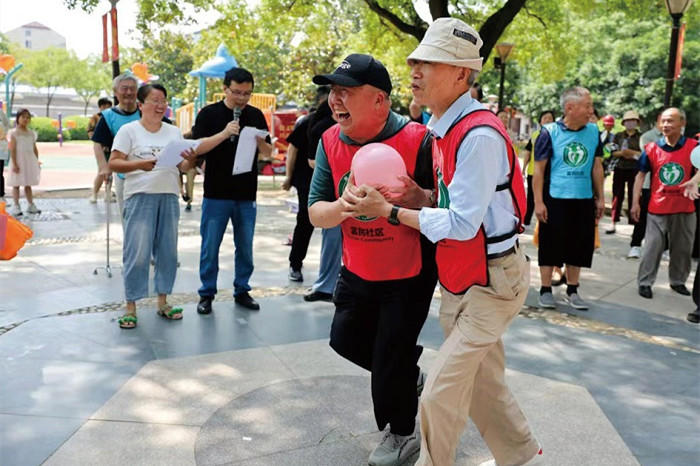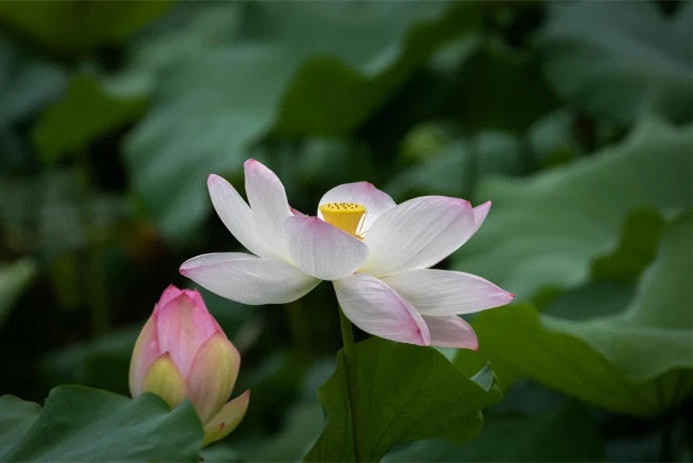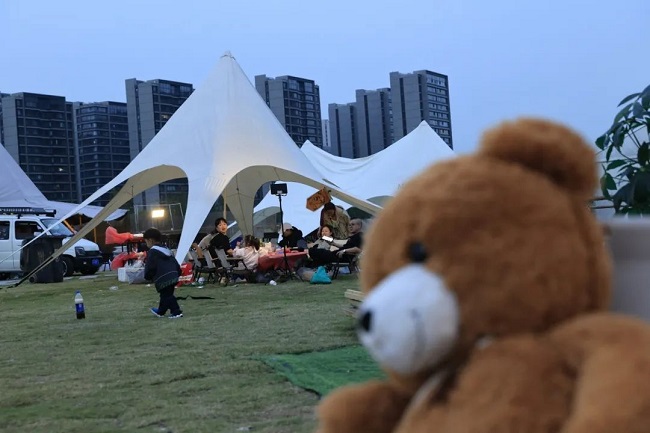Nantong banyao kites acclaimed worldwide

Guo Chengyi, a national-level practitioner of banyao kite making techniques, is busy making a banyao kite. [Photo provided to en.nantong.gov.cn]
Kites have a history of over 2,000 years in China, and in the saying "southern banyao and northern zhiyuan", the "southern banyao" refers to the banyao kite of Nantong, Jiangsu.
The banyao kite combines carving, weaving, calligraphy, painting, embroidery, and other crafts into one. Unlike common kite shapes like swallows and goldfish, the banyao kite is usually hexagon-shaped, which can be combined to create styles like "seven stars in a row" and "19 stars in a row". Its most distinctive is rows of whistles. When flying, the wind causes the hundreds of whistles to resonate in unison, creating a majestic "aerial symphony".
"Making a traditional banyao kite requires over 100 processes," said Guo Chengyi, a national-level practitioner of the intangible cultural heritage item banyao kite making techniques. "The most crucial part is the whistles."
According to Guo, the size, shape, and material of the whistles result in varied volumes, tones, and qualities of sound. Many people can weave and paint kites, but mastering the main whistle on a banyao kite is not simple.
As a nationally renowned "home of kites", Nantong's distinctive banyao kites have gained recognition both domestically and internationally. Kite-flying and competition events in locations like Liuqiao in Tongzhou and Xiaoyangkou in Rudong have driven the steady growth of the local "kite economy".
Nantong's banyao kites are not only an important piece of culture but also an essential part of its cultural tourism promotion efforts, boosting the development of related industries and becoming a prosperous industry that benefits local residents.





 TRANSPORTATION
TRANSPORTATION EDUCATION
EDUCATION HEALTHCARE
HEALTHCARE USEFUL NUMBERS
USEFUL NUMBERS